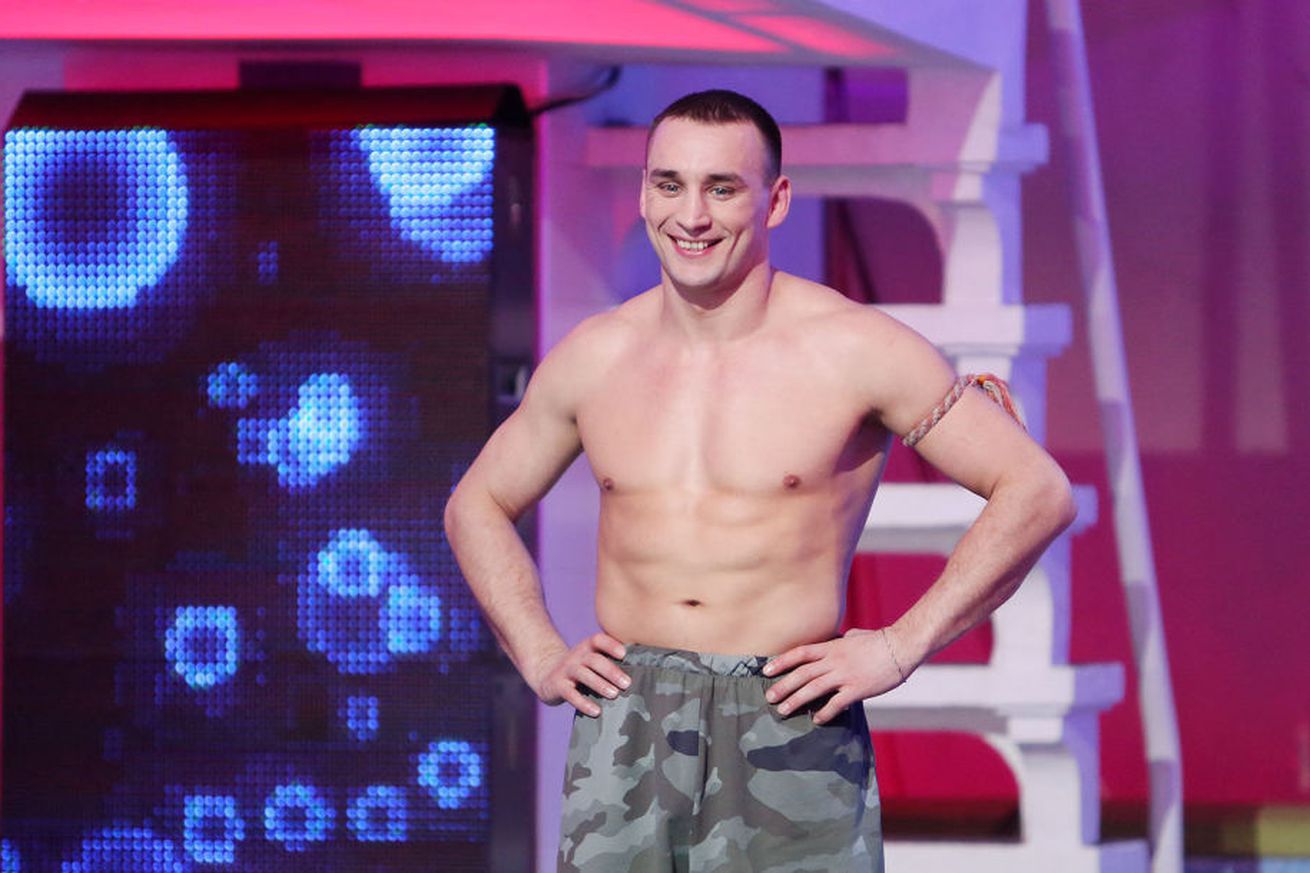
Remigijus Morkevi?ius was the most exciting fighter you never heard of.
Let me bore you with a Two Types of People in This World speech. Fighters come in many different shapes and sizes. You have your prospects, who help shape the future. You have your veterans, who have helped shape the past. You have pioneers, who fall somewhere in the middle depending on skill level. You have tomato cans, and grifters too. Then you have fighters who hopscotch around these categories. That’s the kind of fighter Lithuanian-born Remigijus Morkevi?ius (RIP) was.
For MMA historians, the man from the land of pink soup and fried curd cakes, checks off an olive tree of violent Remember When boxes. He was one of the early K-1/MMA crossovers before it really boomed in Japan from 2004 to 2009. Much of his career was fought in ZST, founded in 2002 by Koki Hioki, which held tag team MMA matches. Yes, tag team matches. The latter part of his career would see him briefly fight in Hero’s.
If Morkevi?ius’ name sounds even vaguely familiar, beyond just how awesome it is, it probably came from Hero’s. Hero’s brought together kickboxing and MMA, attracting big names from across the globe, including B.J. Penn, Lyoto Machida, Royce Gracie, Genki Sudo, Kid Yamamoto, and Alistair Overeem.
The melting pot of pugilism created some really oddball matchups like Royce Gracie vs. Hideo Tokoro. Brock Lesnar vs. Min Soo Kim, etc.
Morkevi?ius’ most high-profile MMA fight was versus Hiroyuki Takaya: a Shooto veteran who would do a short sting in the Zuffa-owned WEC. It’s a great fight. You get a glimpse of what made Morkevi?ius unique. Between his innovative, if crude, defense against a kimura, and the full-on striking assault, there was never a lack of activity when watching a Morkevi?ius fight. However, it’s not the fight I’d start with if you wanted a more distilled idea of who we was.
You’re better off checking out his K-1 bout with Masato. Morkevi?ius fought 21 bouts in MMA. Of those, 16 were wins. Of those wins, not a single one ever went to a decision. Even though it wasn’t MMA, this kickboxing match was and is the best representation of his style.
Morkevi?ius was always in full-on button mashing mode. He was a southpaw series of hadoukan after hadoukan of froglike knees, and say-your-prayer straight lefts.
Masato was, of course, the vastly superior striker. As a quick aside, this is what I miss most about MMA in Japan. Organizations weren’t afraid to be obvious about a good clean blood sacrifice. A lot of crossover fights (usually mixed martial artists dabbling in K-1) happened as a result: Masato vs. Kid, Masato vs. GZ , Kid vs. Zambidis — the end result could be completely tepid or completely awesome.
Back to Morkevi?ius vs. Masato. He wasn’t a technical marvel. He was poor defensively. In fact, his idea of defense boiled down to fighting through punishment. Even offensively, despite his K-1 background, he wasn’t even all that dynamic. Instead his game was built on momentum and velocity, forcing his opponent to stop the tide with a broom. For Morkevi?ius, it was all about moving forward, no matter the cost.
His career stalled as quickly as it began. Maybe that was the connection. He had to move forward in the ring. Because outside of the ring, he was fighting something far uglier. His MMA career ended in 2006, though he kickboxed off and on afterwards. In 2009, he was guilty of putting a cop in the hospital; a cop in the middle of stopping a gang from vandalizing cars (adding fuel to the internet rumors — never confirmed — of his potential mafia ties). In 2013, drunk at a bar, he kicked a 20-year old woman in the head, putting her in the hospital. He resisted that particular arrest, forcing Kaunas police to electric shock him. Everything about Morkevi?ius was violent. It’s unfortunate for fans, but more unfortunate for the people who weren’t just his opponents, but victims.
I hate to talk about Morkevi?ius’s exploits. But he had the chance to be something more than just an exciting fighter. He had the chance to be an inspiration to his fellow countrymen and women, the way his peers — like Marius Zaromskis, Deividas Taurosevicius, and now Modestas Bukauskas — were and are.
In some ways, he still is. He was an exciting fighter, and a troubled human. It’s hard enough to get the first part right. Like his fighting style, Morkevi?ius could never quite find the harmony needed for the second part.